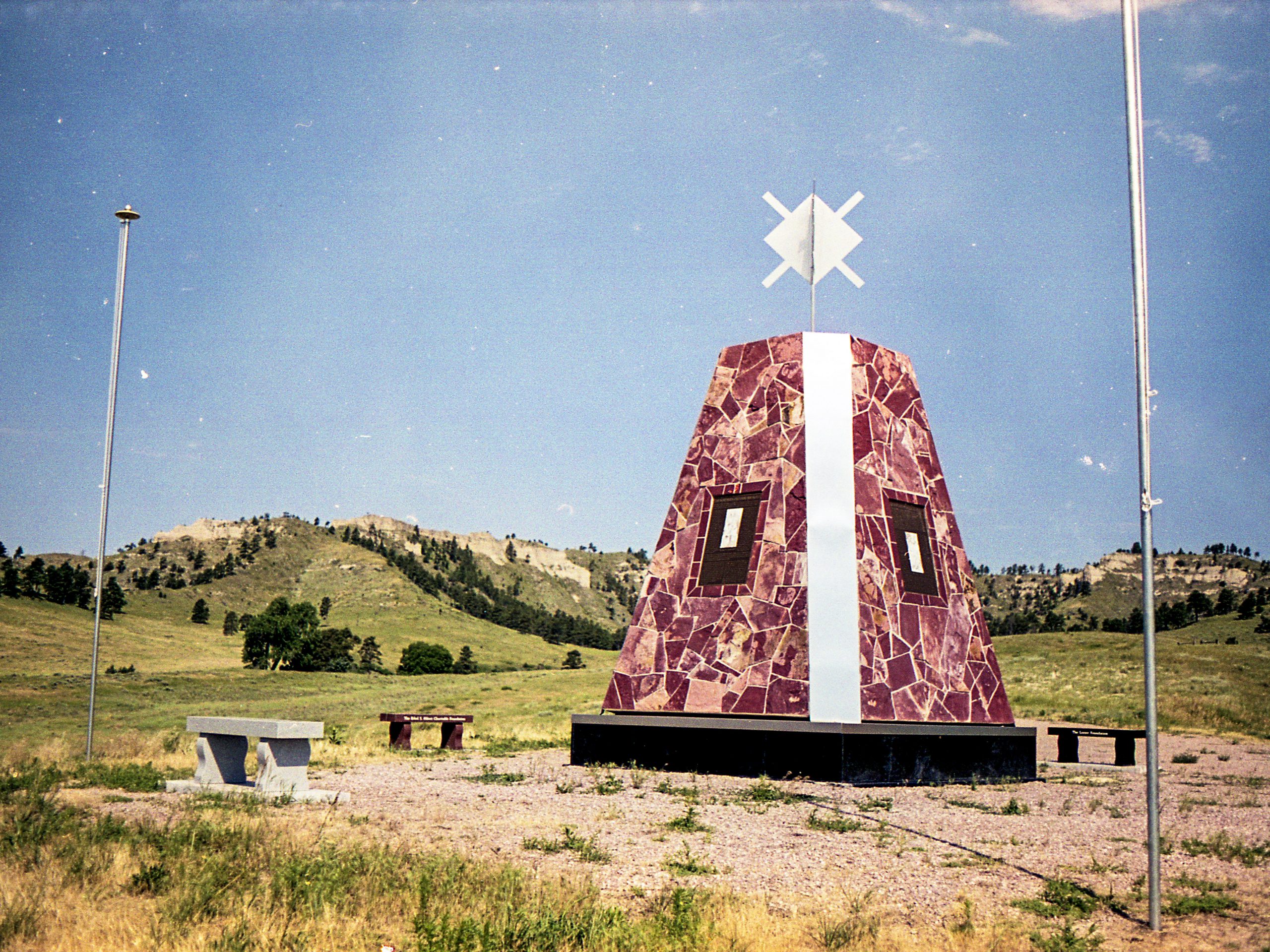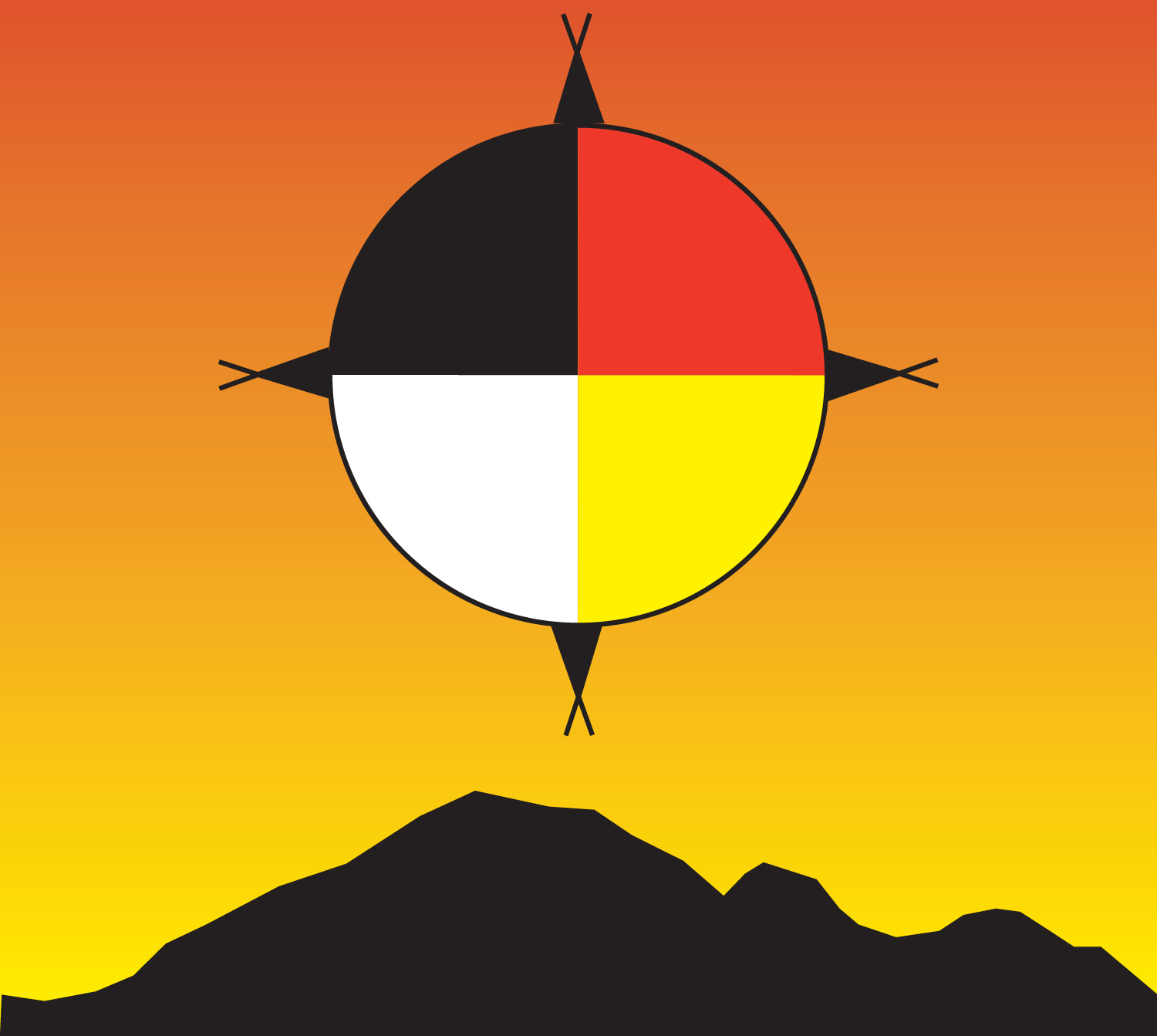Indianz.Com > News > Clara Caufield: Calling the Cheyenne people back home

Northern Cheyenne “Call Back” Ceremony
Native Sun News Today Columnist and Correspondent
LAME DEER, Montana — Due to the high number of deaths of elders in recent weeks and months among the Northern Cheyenne, the matter of funerals and grieving is a common topic of discussion. Recently, when my mother passed due to the COVID, my sister said “Let’s do things the old traditional way. How do they work? I think that would be nice.”
So, I explained what I know and have been told about traditional grieving among the Cheyenne, once governed by extremely specific practices. Though much has changed, some vestiges of these traditional ways still linger in contemporary times.
Until not too long ago, when a Cheyenne person died, the immediate family such as the surviving spouse and children would go into grieving stage, literally impoverishing themselves by giving away personal possessions of the deceased and themselves (which was not often that much) at the time of internment. It was common for Cheyenne women to cut off part of a finger, gash their legs and to chop off their hair, ever a source of personal pride to both the old-time Cheyenne men and women. (The practice of cutting hair is still observed today, though thank goodness we are no longer expected to sacrifice fingers).
In Plains sign language, the sign for Cheyenne for example is to make a sawing/slashing motion across the fingers, i.e. “Cut Fingers”. Sometimes it is also an indication of how the Cheyenne marked their arrows – with red slashes.
Traditional burials during those times and even up until the 1950’s and 60’s were, from what I’ve been told, very practical, sometimes in a cave, a site covered with rocks or shallow graves. Now, we have gone the way of mortuaries. Then, for about a year, the immediate family went into voluntary isolation, largely staying home and avoiding social contacts and gatherings, often surviving in extremely poor circumstances. During this time, they were modest in dress, an expression of grieving.
However, there is a remedy for that. Traditionally when a large social gathering among the Cheyenne (such as social dancing or pow wows) is planned, it is necessary to obtain the permission of those in the grieving stage. Thus, organizers call upon knowledgeable elders to conduct the “Call Back” ceremony to seek permission and to formally invite the grieving ones back into the community. This is still common practice and I have personally been involved in one as a grieving parent.
The ceremony is a wonderful way to help families better deal with grief and allow the community to proceed with “doings” in a respectful manner. It also shows respect for those who have gone on before us.
NATIVE SUN NEWS TODAY
Support Native media!
Read the rest of the story on Native Sun News Today: Northern Cheyenne “Call Back” Ceremony
Clara Caufield can be reached at acheyennevoice@gmail.com
Note: Copyright permission Native Sun News Today
Search
Filed Under
Tags
More Headlines
‘State and tribal relations in North Dakota have not always been great’
Native America Calling: Preparing for Donald Trump’s ‘first day in office’
Cronkite News: ‘We’re never going to go away’
Tribal justice office gains new leader amid big changes in Washington
South Dakota Searchlight: Kristi Noem decries border ‘invasion’ in final state address
Native America Calling: On the ground in the Los Angeles fires
House Subcommittee on Indian and Insular Affairs gains new Republican leader
Native America Calling: Ringing in the Orthodox New Year in Alaska
Schedule of Senate committee hearings for Donald Trump nominees
‘Governor Burgum will serve Indian Country well’: Senate committees busy with Donald Trump’s nominees
NAFOA: 5 Things You Need to Know this Week
Chuck Hoskin: Cherokee Nation sees bright future for language programs
Native America Calling: Native in the Spotlight with Ted Nolan
Neal McCaleb, prominent citizen of Chickasaw Nation, passes on after storied career
South Dakota Searchlight: Tribes seek protection for Wounded Knee Massacre site
More Headlines
Native America Calling: Preparing for Donald Trump’s ‘first day in office’
Cronkite News: ‘We’re never going to go away’
Tribal justice office gains new leader amid big changes in Washington
South Dakota Searchlight: Kristi Noem decries border ‘invasion’ in final state address
Native America Calling: On the ground in the Los Angeles fires
House Subcommittee on Indian and Insular Affairs gains new Republican leader
Native America Calling: Ringing in the Orthodox New Year in Alaska
Schedule of Senate committee hearings for Donald Trump nominees
‘Governor Burgum will serve Indian Country well’: Senate committees busy with Donald Trump’s nominees
NAFOA: 5 Things You Need to Know this Week
Chuck Hoskin: Cherokee Nation sees bright future for language programs
Native America Calling: Native in the Spotlight with Ted Nolan
Neal McCaleb, prominent citizen of Chickasaw Nation, passes on after storied career
South Dakota Searchlight: Tribes seek protection for Wounded Knee Massacre site
More Headlines
